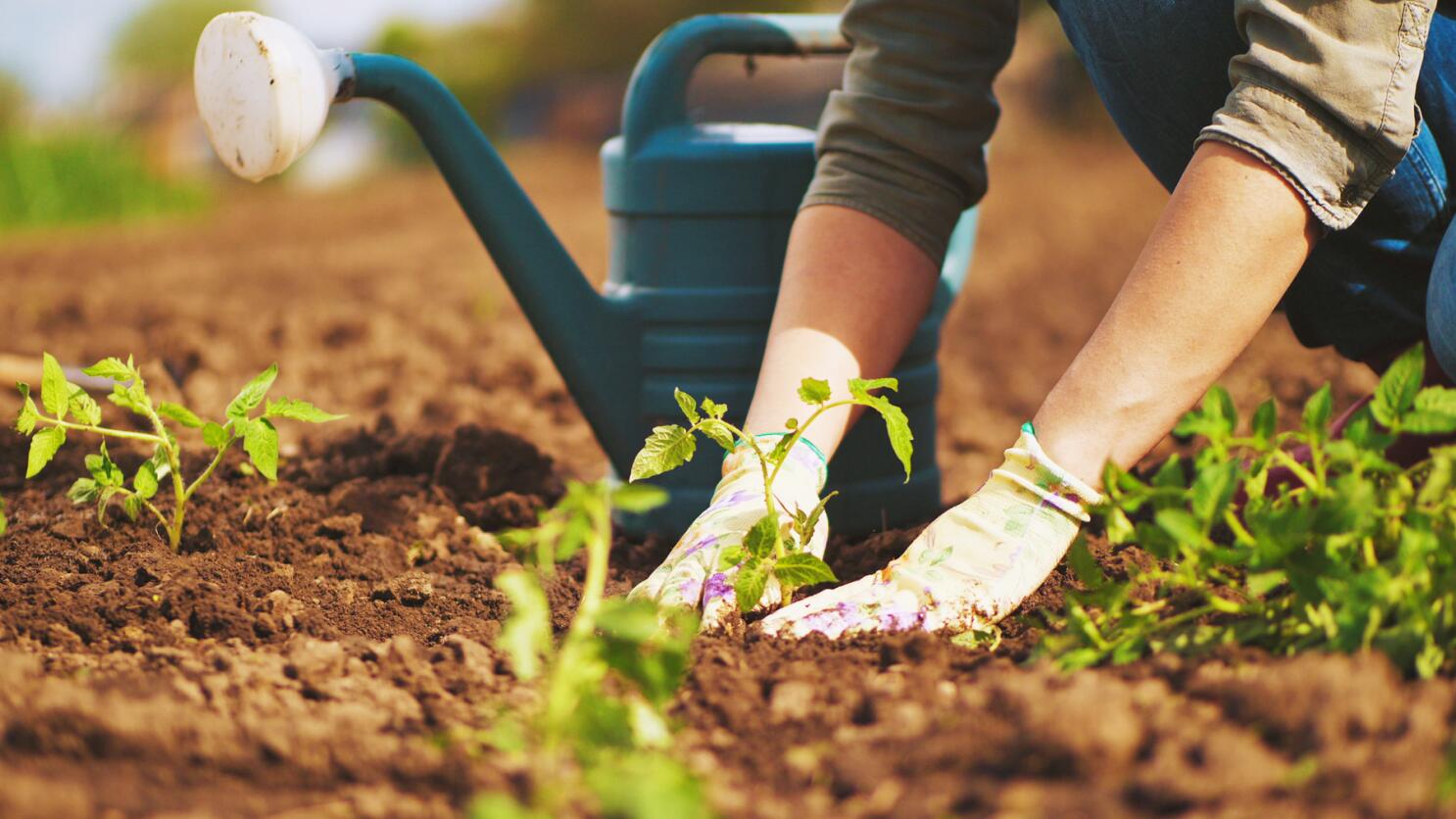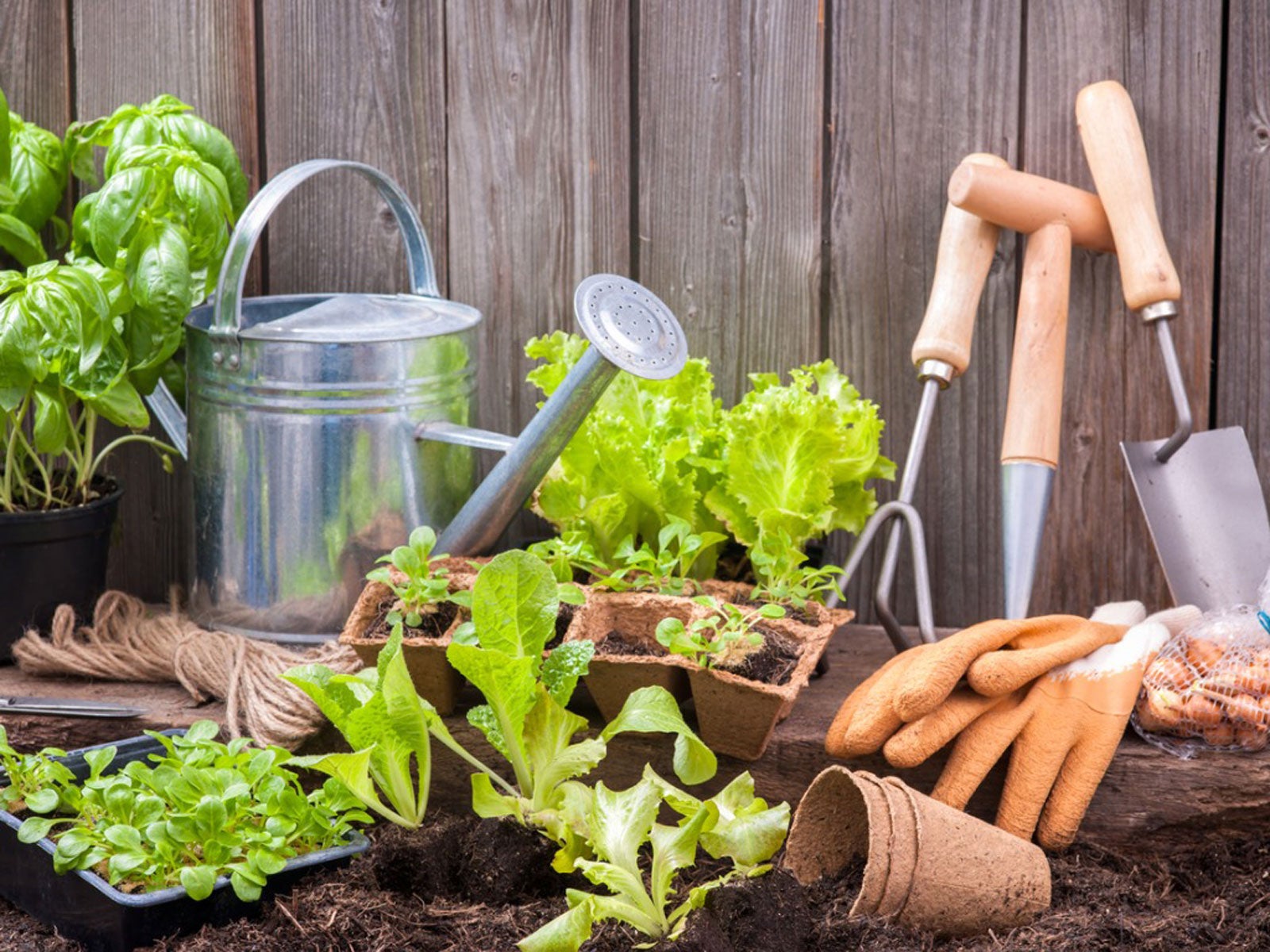From Amateur to Green Thumb: A Step-by-Step Journey Via the Art of Gardening

Recognizing Your Horticulture Room
To begin your horticulture journey, it is essential to recognize the unique characteristics and limitations of your horticulture room. Are there any type of specific obstacles you may deal with, such as bad soil high quality or restricted water availability? Understanding these variables will certainly aid you make notified decisions concerning the kinds of plants that will grow in your space.
Think about the dimension of your horticulture area. You may need to concentrate on container horticulture or vertical horticulture to maximize your growing location if you have a small space. On the various other hand, if you have a huge room, you have the high-end of planting a range of plants and developing different areas within your garden.
Following, review the quantity of sunshine your space gets. This will certainly identify which plants will flourish and which ones may struggle. If your area is shaded, you can go with shade-loving plants like hostas or ferns. If your space gets complete sun, you can expand a vast array of plants, consisting of natural herbs, vegetables, and blossoms.
Finally, take into consideration any kind of obstacles or constraints particular to your area. If your dirt top quality is poor, you might require to change it with compost or choose plants that are forgiving of less-than-ideal conditions. If water is limited, you can go with drought-tolerant plants or execute water-saving methods like mulching.
Selecting the Right Plants for Your Garden
Select plants that are appropriate to your garden's special conditions and your individual choices. When selecting plants for your garden, it is essential to take into consideration variables such as sunlight, soil type, and environment. Some plants like well-drained dirt, while others grow in moist or clay-like soil.
It's additionally worth thinking about the maintenance degree of the plants you choose. Some plants require more treatment and interest, while others are extra low-maintenance.
Preparing the Soil for Growing
First, evaluate the condition of your soil to determine if any type of amendments or improvements are required. The top quality of your dirt is important for the success of your yard. Beginning by inspecting the texture of the dirt. Is it sandy, fertile, or clayey? Sandy dirt drains pipes rapidly, while clayey dirt maintains water. Loamy dirt is the suitable equilibrium in between both. Next off, inspect the pH degree of your soil. A lot of plants like a slightly acidic to neutral pH, around 6.0 to great post to read 7.0. If your soil is too acidic or alkaline, you might require to readjust it using dirt changes such as lime or sulfur. Furthermore, you must think about the vitamins and mineral material of your dirt. Conduct a soil test to figure out if any type of vital nutrients are doing not have. This will certainly help you decide which plant foods or natural issue to include. Lastly, make sure that your dirt is well-draining. Inadequately drained pipes soil can lead to water logged origins and various other plant wellness issues. If needed, enhance water drainage by adding natural issue like garden compost or peat moss. By examining and making needed amendments to your dirt, you can develop an optimum atmosphere for your plants to grow.
Nurturing and Preserving Your Garden
Once you have prepared the soil, it's time to obtain your hands filthy and start nurturing and preserving your yard. The trick to an effective yard corresponds treatment and focus. Watering is vital, especially throughout droughts. See to it to sprinkle your plants deeply, enabling the water to penetrate the dirt and get to the origins. Regular weeding is additionally important to maintain your garden cost-free from undesirable plants that contend for nutrients and space. Pull out any weeds, taking treatment to remove their roots to avoid them from returning. Additionally, it's vital to supply appropriate nourishment for your plants. Take into consideration using natural fertilizers or garden compost to improve the soil and advertise healthy development. Trimming is another essential job to maintain your garden looking cool and encourage much better air movement and sunlight penetration. Cut off any kind of dead or damaged branches to keep the overall health and wellness of your plants. Finally, watch for conditions and bugs. Routinely inspect your plants for any kind of indicators of infestation or ailment and take immediate activity to avoid further damage. By following these nurturing and upkeep practices, you will make certain a lovely and flourishing yard.
Troubleshooting Common Gardening Issues
If you see eaten fallen leaves or plants that are wilting for no noticeable reason, you may have an insect invasion. If your plants have actually yellow or discolored fallen leaves, they might not be obtaining sufficient nutrients. Remove impacted plants and treat the staying ones with natural fungicides or pesticides.
Final Thought
By recognizing your horticulture space, selecting the right plants, preparing the dirt, and supporting your garden, you have overcome common gardening issues like a pro. Now, equipped with knowledge and experience, you are prepared to delight in the beauty and abundance of your flourishing garden.

When choosing plants for your garden, it is vital to think about factors such as sunshine, soil kind, and climate. Some plants favor well-drained dirt, while others grow in clay-like or damp soil (newbie gardening). By recognizing your gardening area, selecting the right plants, preparing the dirt, and supporting your garden, you have gotten over common horticulture issues like a pro